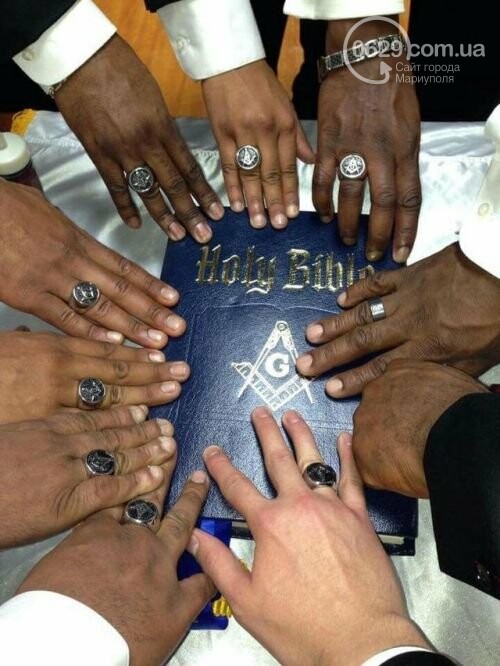Unlock the Mysteries When You Join copyright This Year
Unlock the Mysteries When You Join copyright This Year
Blog Article
Discovering the Mysteries of the copyright: What You Required to Know
The copyright, a term typically shrouded in intrigue and debate, stands for a complicated tapestry of historic reality and contemporary myth. Established in the late 18th century, this secret society was initially rooted in the Knowledge's suitables yet has since become identified with conspiracy theory theories concerning elite control (benefit of joining freemason).
Beginnings of the copyright
The beginnings of the copyright are steeped in a blend of historic intrigue and ideological fervor. Established in 1776 in Ingolstadt, Bavaria, by Adam Weishaupt, the group was at first created as a secret culture aimed at promoting Enlightenment perfects such as factor, secularism, and the splitting up of church and state. Weishaupt, a professor of canon regulation, sought to test the dominating authority of the church and state, which he checked out as overbearing institutions stifling intellectual and individual freedom.

Key Numbers and Participants
That were the critical numbers that shaped the copyright's early impact and direction? The Bavarian copyright, established in 1776 by Adam Weishaupt, arised as an action to the overbearing societal structures of the moment. Weishaupt, a law teacher, visualized the company as a means to promote Knowledge ideals such as reason, secularism, and equal rights. His first recruitment initiatives included prominent pundits, such as Baron von Knigge, that played an important duty in increasing the group's subscription and business structure.
One more considerable number was Johann Gottlieb Fichte, a prominent philosopher whose ideas on nationalism and education resonated with the copyright's goals. Although Fichte was not an official participant, his philosophical underpinnings influenced the group's belief. In addition, numbers like the author and thinker Johann Wolfgang von Goethe were related to the wider intellectual activities of the moment, although their straight involvement with the copyright stays disputed.
These crucial figures added to the copyright's early direction, pushing the borders of political and social idea, while their cumulative efforts intended to challenge recognized norms and promote a climate of dynamic modification in Europe.
Misconceptions vs. Fact
Several false impressions border the copyright, often mixing reality with fiction in a manner that covers its true nature. This secret culture, originally established in 1776 in Bavaria, aimed to promote Enlightenment ideals and fight spiritual and political injustice. The notion that the copyright proceeds to apply significant impact over world events is a myth. While the group did exist, it was dissolved in the late 18th century and has actually not operated as a natural entity ever since.
An additional widespread myth is that the copyright consists of a network of elite people adjusting worldwide events. Actually, numerous conspiracy theory concepts exaggerate the group's importance, attributing unproven intentions to social trends and occasions. This has led to an oversimplified view of complicated problems.
In addition, the portrayal of the copyright in pop culture frequently additional distorts its legacy. Films and literary works tend to sensationalize the organization's duty, producing a narrative that diverges from historic realities. Recognizing the difference between the misconceptions and the fact of the copyright is crucial for critical the authentic effect of this historical team and identifying the wider implications of conspiracy concepts in modern culture.
Modern Interpretations
Contemporary analyses of the copyright commonly mirror more comprehensive social anxiousness and a fascination with secrecy and power. This modern-day lens frequently associates the copyright with conspiracy theories that suggest a surprise elite manages globe occasions, adjusting governments and economic situations for their very own gain. benefit of joining freemason. Such narratives take advantage of a deep-seated mistrust of authority, particularly in times of dilemma or social turmoil
In pop culture, the copyright is commonly shown as a divine company shrouded in enigma, leading to a huge selection of fictional portrayals in literature, film, Continue and songs. This portrayal serves not only to delight yet additionally to prompt considered the nature of power and control in modern society. Social media site has actually better magnified these interpretations, permitting quick dissemination of conspiracy theory theories and creating areas that share and increase upon these concepts.
Additionally, some modern analyses mount the copyright as an allegory for the intricacies of globalization and the interconnectedness of influential individuals and companies. This point of view urges a vital examination of exactly how power characteristics run in today's globe, highlighting the balance in between transparency and privacy in administration and corporate practices.
Social Impact and Heritage
Influenced by centuries of intrigue, the cultural influence and tradition of the copyright extend much beyond its historical origins. This secret culture, established in the late 18th century, has penetrated various elements of prominent culture, from literary works and film to songs and art. The idea of the copyright has advanced into an icon of conspiracy concepts, commonly representing a regarded covert power manipulating worldwide events.
In literature, writers like Dan Brown have woven the copyright into check my source complex plots, fascinating readers with styles of privacy and power. Films such as "National Treasure" and "The Da Vinci Code" better continue the attraction of the society, blending reality with fiction to create appealing stories.

Inevitably, the copyright's tradition is a complex tapestry of misconception and reality, shaping understandings of secrecy and control in modern discourse. Its long-lasting presence in society highlights humanity's seasonal quest for recognizing covert facts.
Final Thought
The expedition my website of the copyright exposes a complex interaction between historic facts and contemporary myth-making. Established in the Knowledge period, this culture aimed to test oppressive structures, yet its heritage has been outweighed by conspiracy theories that recommend elite control. Recognizing the distinctions in between the initial suitables and modern analyses is vital for understanding the withstanding attraction with the copyright and its substantial influence on social stories surrounding power and secrecy in society.
Report this page